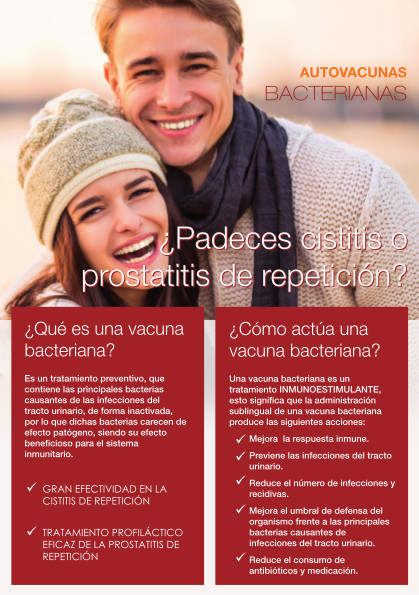Allergic disease may result in rhinitis, rhinoconjunctivitis, asthma and/or urticaria. It is necessary to carry out a proper study for diagnosis, in which the specialist shall take into account both family and personal history, through a proper medical history (anamnesis), and the specialist will continue the study searching for the principal causative agent through a series of diagnostic tests performed “in vivo” (prick test, provocation tests and intradermal reaction) and "in vitro" (test in which a blood test is performed in order to detect high levels of certain antibodies indicative of allergic disease).
Laboratorios Diater offers the specialist a wide range of products and allergen extracts for the proper aetiological diagnosis of an allergy and to therefore determine the allergen responsible for the symptoms.
The diagnosis of the allergy is made using simple tests - both skin tests and blood tests.
IN VIVO METHODS
Medical history
This consists of gathering information from the patient, through specific questions put to the patients themselves, in order to obtain useful information to make the diagnosis of the disease. Therefore, a good medical history will facilitate the diagnosis and treatment of the allergy.
Skin Tests
prick test, consist of the administration of the allergen or substance suspected of causing the allergic reaction. This is performed on the skin of the upper side of the forearm through the inoculation of allergen extracts into the epidermis, by means of a puncture with a lancet. Any remaining liquid is eliminated afterwards, in order to ensure that there is no cross-contamination amongst several allergens, which may alter the validity of the results.
Subsequently, the patient will have to wait around 15-20 minutes, after which the doctor will take the reading and interpret the results according to the type of reaction that has taken place on the patient’s skin.
If the patient is allergic, a papule with swelling and redness at the puncture site will develop, due to the release of inflammatory mediators. This could mean that this allergen may be responsible for large parts of your allergic symptoms.
To check that the test was performed correctly, two controls will used: positive and negative. If the test was carried out correctly, a papule will be produced in the forearm area where the positive control (histamine) has been placed and no reaction of any type should occur in the case of the negative control (physiological saline solution).
Generally, prick tests are safe, and they do not present a risk of an allergic reaction. However, generalised allergic reactions have sometimes been described with the conduct of these tests. Most times the allergic reactions were with medicinal products and in highly sensitive individuals.
On many occasions, for a correct and complete diagnosis, the specialist shall also resort to conducting "in vitro"tests after performing the skin tests.
A correct diagnosis begins with the conduct of skin tests with allergens, also called Prick Tests.
Intradermal Tests
Intradermal testing is another diagnostic method that helps determine whether an individual is allergic to a specific substance. This technique is used by the specialist when the skin prick tests are negative and the specialist suspects that the allergen in question is causing the allergic reaction.
The test consists of the administration of a small amount of allergen or suspected substance under the surface of the skin. After 15-20 minutes, the area of application is examined for signs of an allergic reaction, consisting of a small urticaria, swelling and redness of the skin.
The intradermal test is a more sensitive technique than the prick test, providing better results at diagnosis. They are used particularly in the diagnosis of a drug allergy and bee or wasp sting venom.
The intradermal test is a more sensitive technique than the prick test, providing better results at diagnosis.
Provocation Tes
The provocation test, is another complementary method of diagnosis of the allergy. For this test, the suspected allergen of the allergic reaction is administered, through one of the following organs: nose, conjunctiva (eyes) or respiratory tract (lung), in order to reproduce the symptoms that could appear when an allergic individual is exposed naturally to an allergen.
There are three types of provocation depending on the affected organ:
- Conjunctival provocationl: Application of the suspected substance in the conjunctiva of the eye. This test is conducted if there is an allergic conjunctival condition.
- Nasal provocation: Application of the suspected substance in the nose. This test is conducted in the event of allergic rhinitis.
- Bronchial provocation: Inhalation of the allergen in conditions that result in asthma or allergic respiratory problems.
The provocation tests reproduce the allergic symptoms in the affected target organ.
IN VITRO METHODS
To confirm the diagnosis of the allergy to a particular substance, blood tests are often conducted, demonstrating the presence of specific antibodies against a substance or allergen suspected of causing the allergic reaction. These tests detect the presence of immunoglobulin E (IgE), an antibody produced by the immune system of allergic individuals.
Blood tests for IgE antibodies aid a correct confirmatory diagnosis of an allergy.




